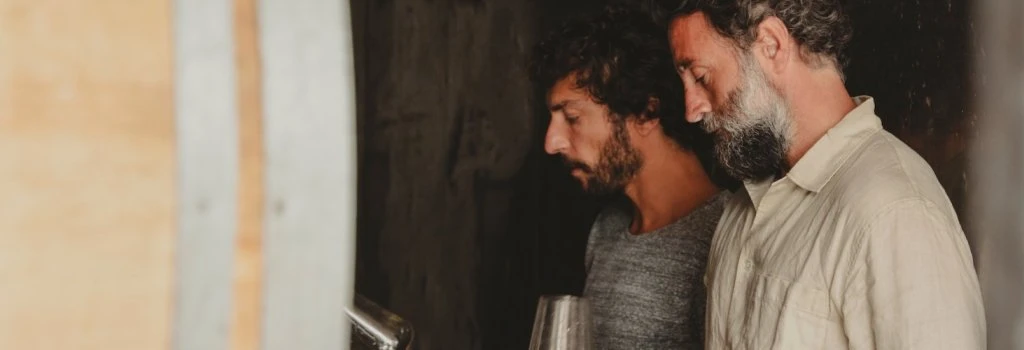
Filter
Sort by
Recommended
New
Increasing price
Decreasing price
2013
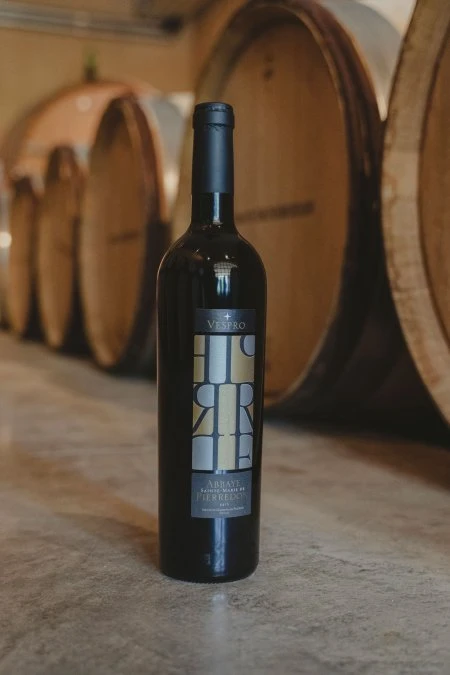 Out of stock
Out of stock
2019
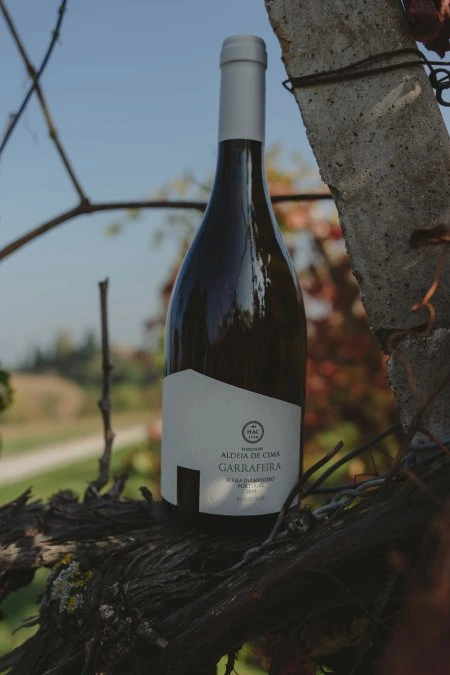 Promotion
Promotion
2020
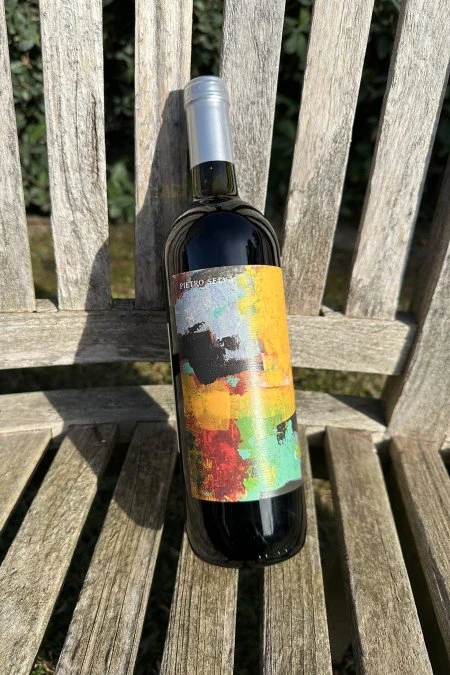 Promotion
Promotion
2021
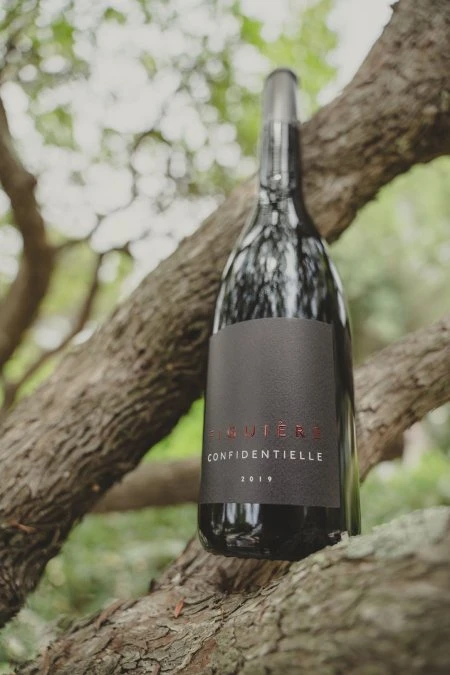 Promotion
Promotion
2016
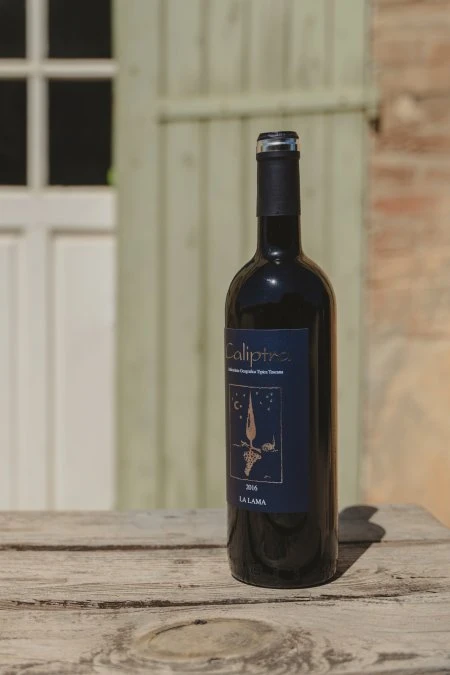 Promotion
Promotion
Azienda Agricola
La Lama
Caliptra IGT Rosso Toscana
It is the alter ego of Sottol’aia, a throw-back to the nigh…
2021
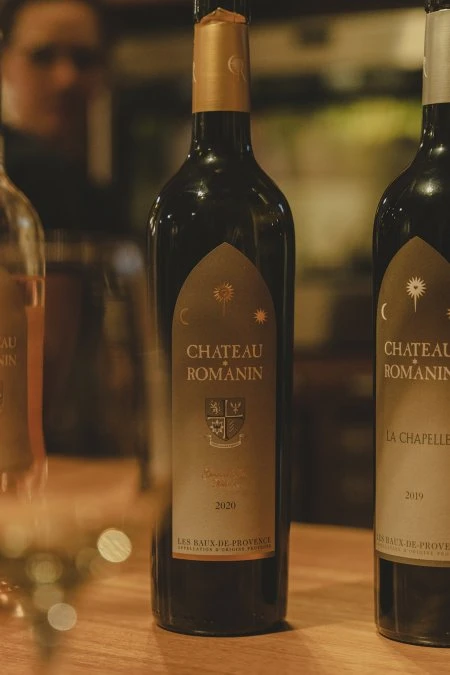 Promotion
Promotion
2023
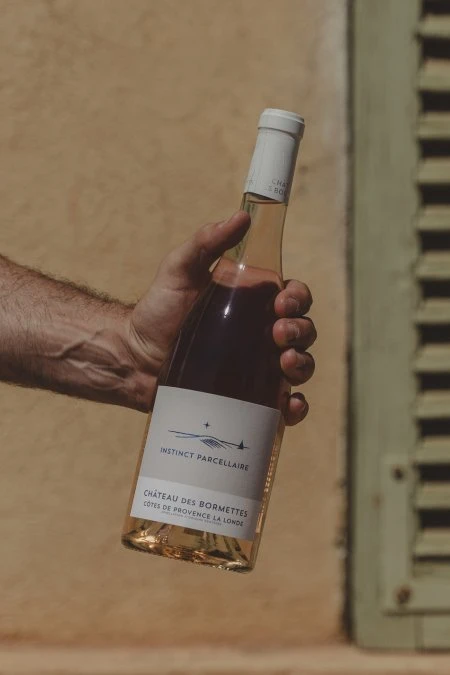 Promotion
Promotion
Château Des Bormettes
Instinct Parcellaire Rosé
Complex and elegant,
it reflects the whole philosophy of Pro…
it reflects the whole philosophy of Pro…
2021
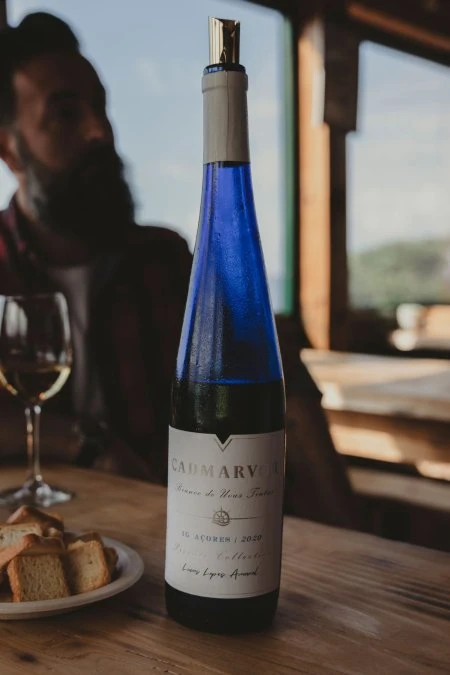
Adega Lucas Lopes Amaral
Cadmarvor Branco de Uvas Tintas
A white wine made from red grapes, it is blue on the table …
2020
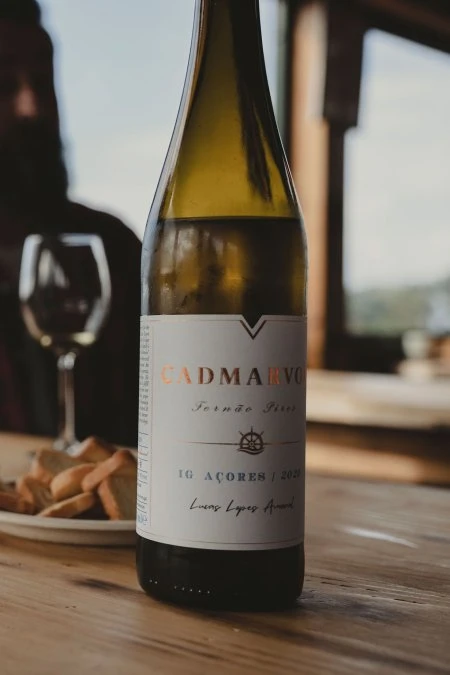 Only a few left
Only a few left
Adega Lucas Lopes Amaral
Cadmarvor Fernão Pires
Fernão Pires is a mainland grape that has miraculously take…
2021
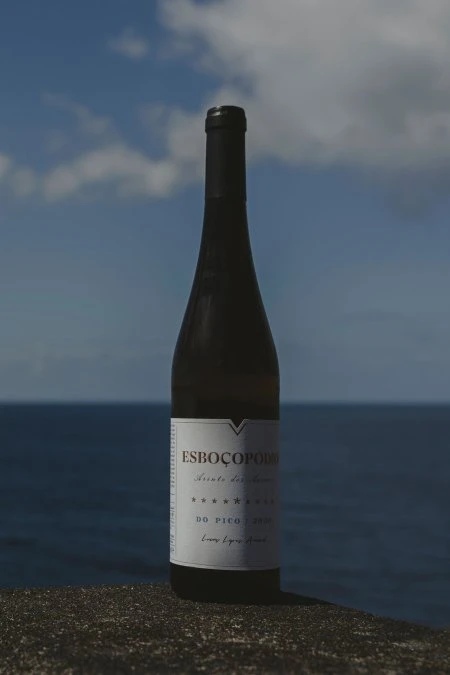 Out of stock
Out of stock
Adega Lucas Lopes Amaral
Esboçopódio Arinto dos Açores D.O. Pico
It is described as the wine one would expect to find here i…
2021
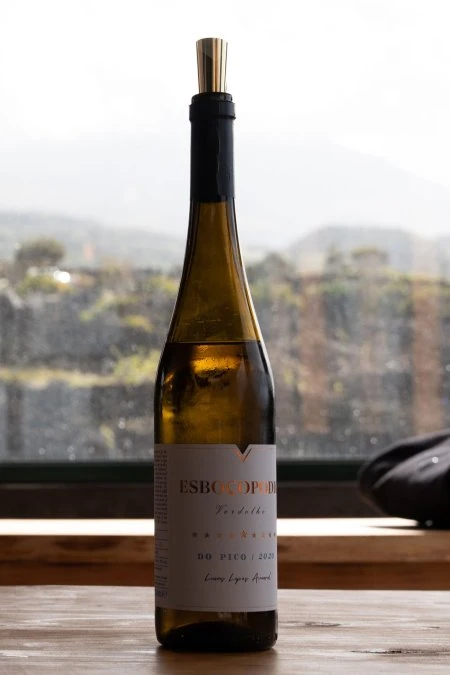 Only a few left
Only a few left
2018
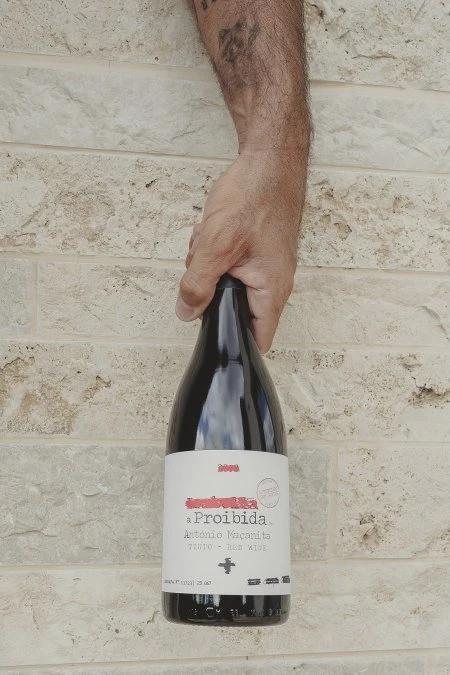
Azores Wine Company
Isabella a Proibida
It is the culture, folklore and tradition of the island of …